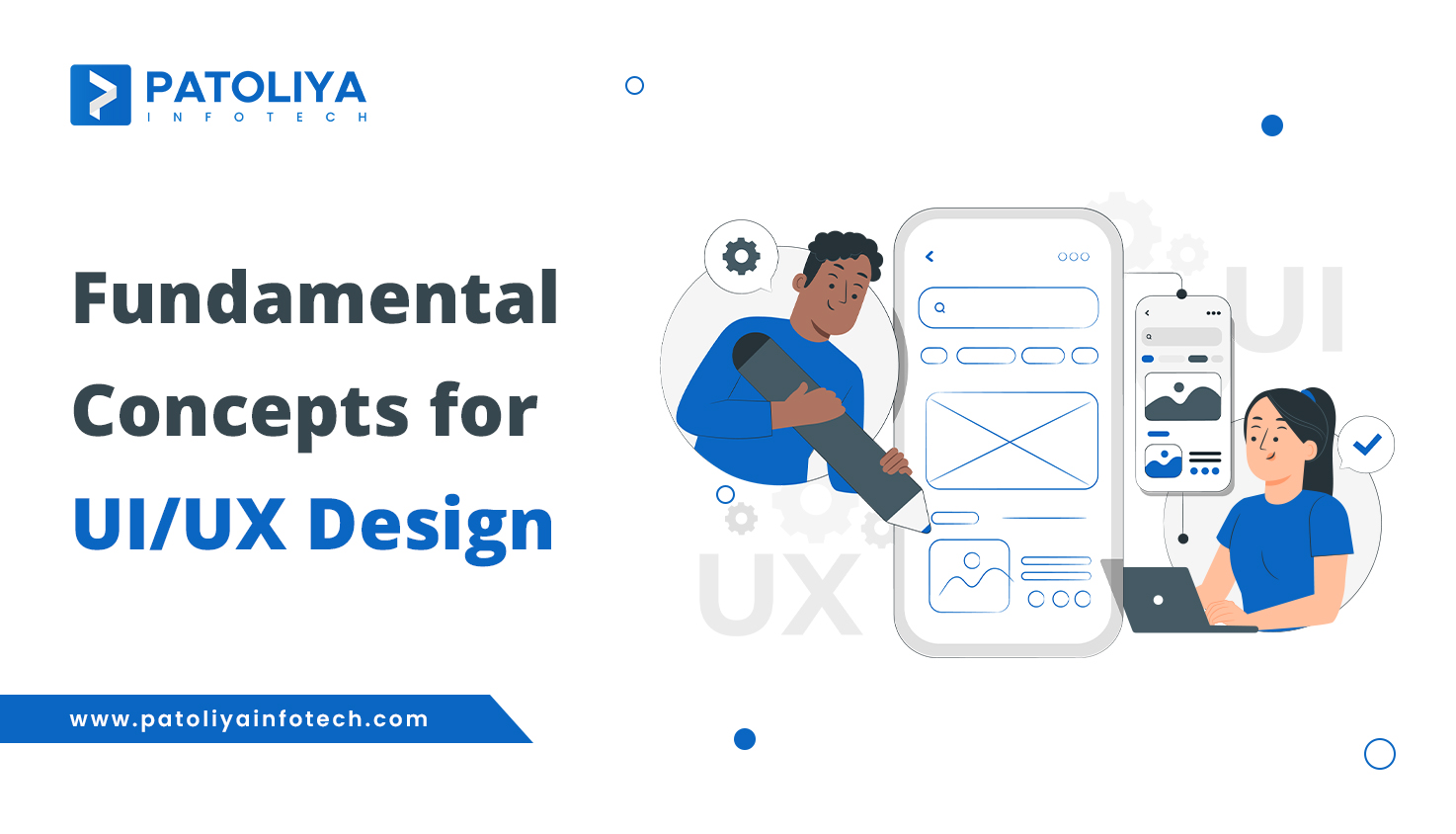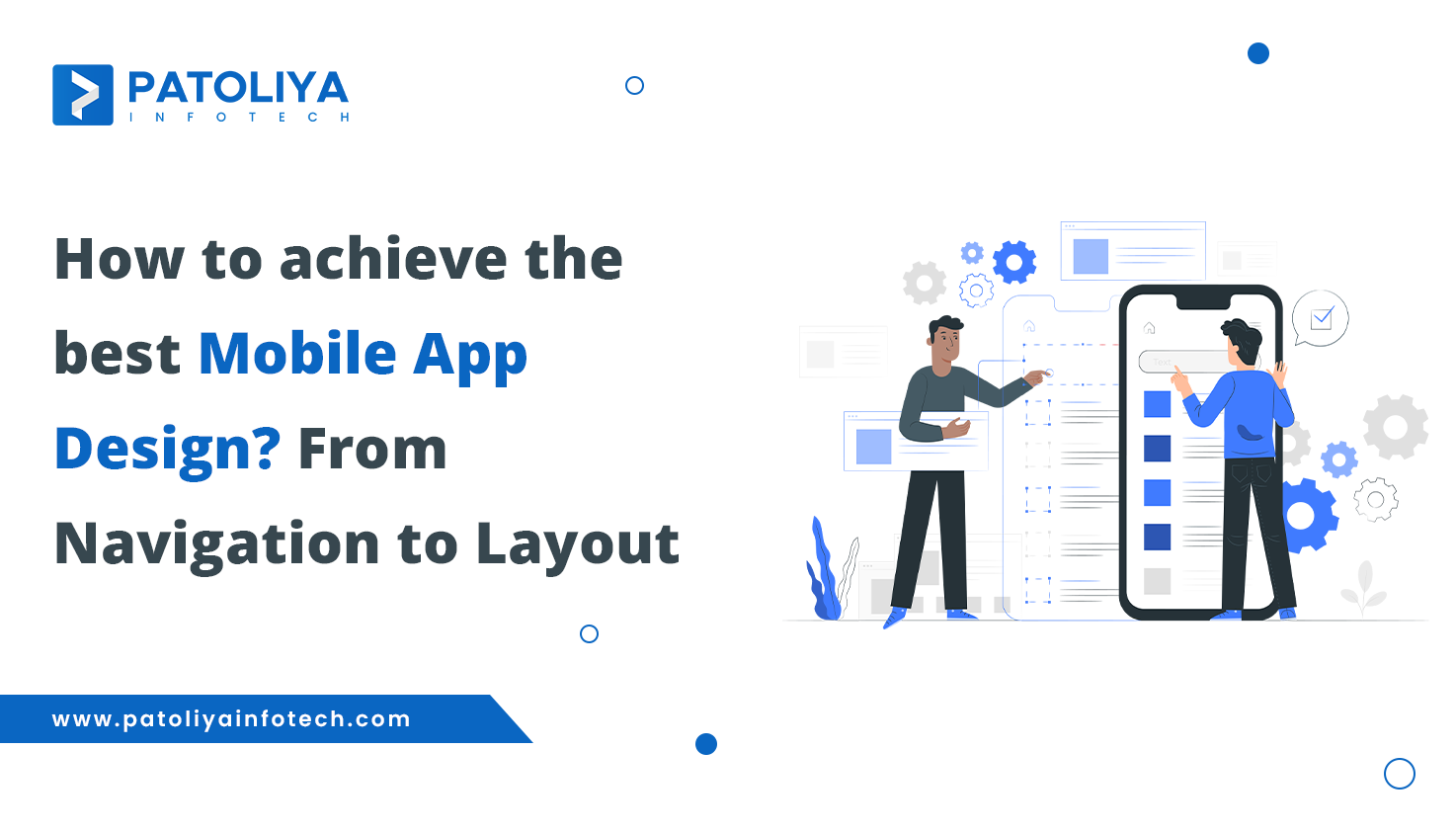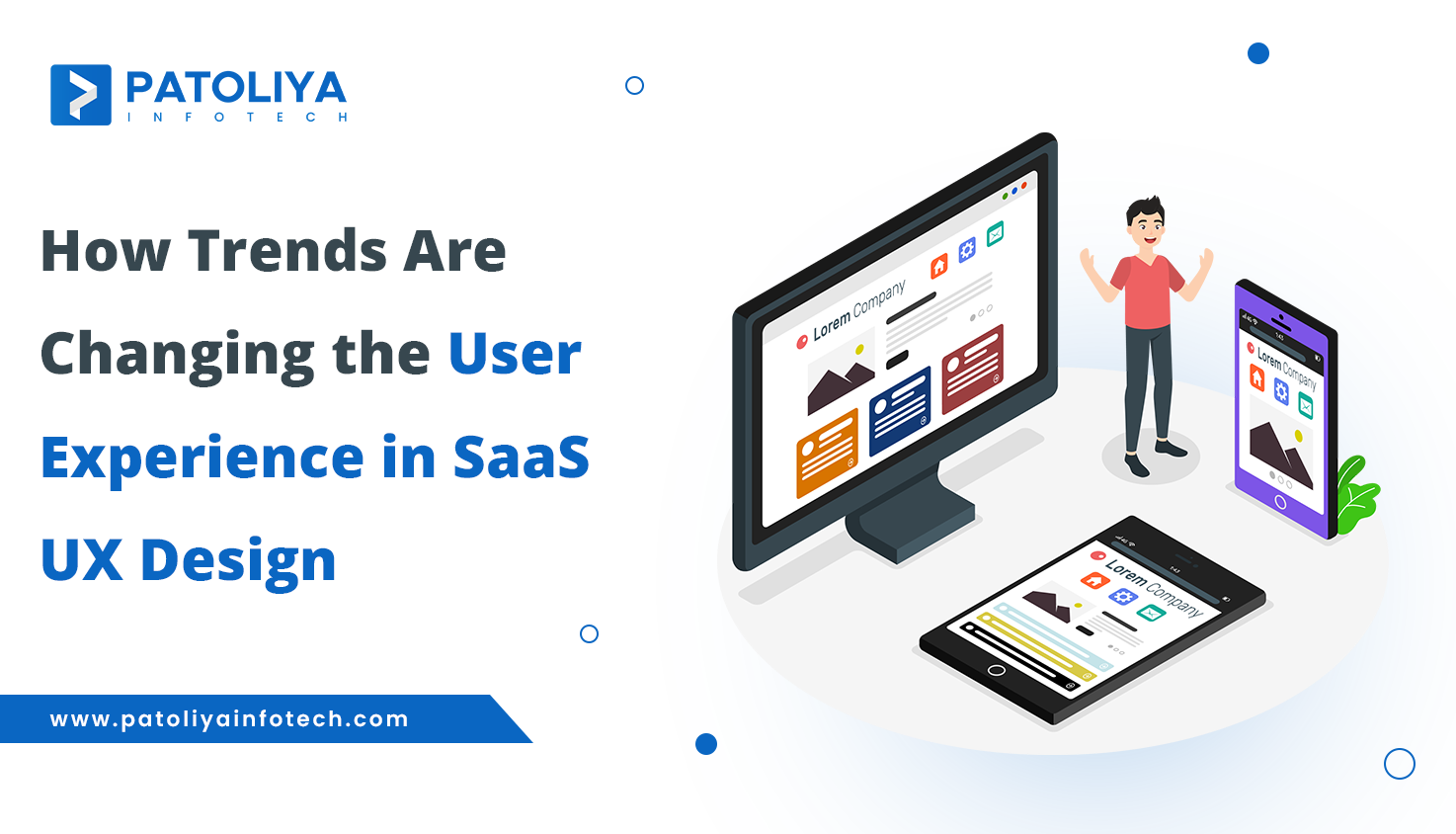Fundamental Concepts for UI/UX Design

Table of Contents
Being adaptable and inventive is highly valuable in the constantly evolving design industry. Designers need to know some basic things that don't change, even though everything else does. These basic things help guide them when they're making software. To make designs that look good, make sense, and are easy for people to use, designers have to stick to these important ideas.
But when it comes to doing design work, especially for software, it's tough. Figuring out how to manage time and resources can be tricky. It's important to balance quality and speed in our work. The ability to change quickly, adapt easily, and be flexible is essential.
Finding a balance is crucial for designers to deliver excellent work within deadlines. The topic is finding ways to be creative while still meeting deadlines effectively. The goal is to have ways of working that can change when needed, depending on what the project requires. This kind of flexible thinking helps designers create great stuff that solves problems and makes things easier for people to use.
Balancing Novice and Expert Users
Think of UI/UX design as a grand theater production—it's not just about the leading roles; it's about creating an experience that thrills both the first-time audience members and the seasoned patrons. Imagine a stage play where newcomers revel in the unfolding drama, while the theater aficionados catch subtle nuances and hidden gems, making every performance a delight for everyone in attendance. In UI/UX, it's about crafting an experience that beckons newcomers while offering the depth that keeps the experts coming back for more.
Effective Error Resolution
In the digital world, encountering an error message is like navigating a treasure map—frustrating if you hit a dead-end but exhilarating when you discover the X that marks the spot. Imagine being stranded without directions versus having a trusty guide who not only points out where you went wrong but also leads you to the solution. That's the kind of user experience wizardry we aim for—a digital assistant ready to rescue users from the labyrinth of confusion with clear, actionable error messages. From banking apps to social media platforms, these error messages aren't hurdles; they're secret passages guiding users to a smoother journey.
Understanding User Needs for UI/UX Design
The needs of the user are the main priority when it comes to UI/UX Design. It is crucial to make sure the design meets the user's needs in an efficient manner and makes it easier for them to achieve their desired goals.
Organizational Structure
The organization of content or information is relevant to the hierarchy idea in design. It entails figuring out the order of the screens, giving parts or information more importance, and deciding how the information will be presented and processed. The design makes it simple for people to get the information they need and complete their activities by creating a clear hierarchy.
System Status Visibility
Users should be able to access information about the system's present condition and receive clear feedback on their actions. A well-designed interface should inform users of updates and show the current state of the system. For instance, it is advantageous to have a progress bar that shows how long the download will take to finish when a user is downloading a file. Users may follow the development of their task in this way and are not left in the dark.
Real-World Alignment
Your design should make use of words and ideas that users are familiar with and can readily relate to from their everyday experiences. Be careful not to confuse users with technical terms or other complicated sentences. Your design will be easier to understand and more accessible if you use simple terminology. Additionally, it is crucial to accurately depict interface elements in a way that corresponds to their actual equivalents. For instance, the trashcan icon in Gmail appropriately denotes the location where deleted emails are kept, enabling users to find and retrieve them right away if necessary.
Accessibility
Usability for a wide range of users, including those with disabilities like visual impairments, should be prioritized in designs. To encourage inclusion, clear writing must contrast with the background and inaccessible colors must be avoided.
Standards and consistency
It is essential that your design follows accepted guidelines and maintains consistency in its concepts throughout the entire product to guarantee a seamless user experience. Users can quickly become familiar with new goods in this way, enabling them to act without needing any additional training. Take Microsoft Office as an illustration, which maintains a unified style. If you are comfortable with Microsoft Word, switching to Microsoft PowerPoint or Spreadsheet is easier and more effective.
Enhancing Usability through Productivity and Adaptability
Both new and experienced users should be given priority in a product's design, ensuring simplicity of use for novices and effective shortcuts for specialists. Consider Figma, a tool for designing user interfaces. Expert Figma users may quickly generate shapes by using keyboard shortcuts like R for rectangle, O for ellipse, etc., however, novice users may rely on clicking the shape tools to choose and use shapes in their designs.
Ensuring Visual Consistency Across Platforms
Responsive design isn't just about fitting into different screens; it's about being a fashion chameleon that looks stunning in every setting. Picture a fashion icon—whether strutting down a red carpet or relaxing in casual wear, they always look impeccable. That's the level of visual consistency we're striving for—a design that doesn't just adapt but dazzles on various devices. Brands like Netflix have mastered this art, ensuring their visual magic captivates on any screen size, delivering an immersive experience that feels custom-tailored, whether you're watching on a big screen or on your handy smartphone.
Patoliya infotech provides a great team of experienced designers, we specialize in developing user-friendly and aesthetic designs for websites, mobile apps, and other digital media.To find out more about our services, and how we can help you improve your digital presence, get in touch with us now.
Assisting Users to Recognise, Understand, and Address Errors
It is essential to give users short, simple, and actionable error messages when they face issues. The design should clearly convey the problem at hand and suggest workable solutions. Think about a situation in which you try to browse a website but are met with a "404 Not Found" message. This error message is not informative and is not able to direct users. Imagine attempting to play a YouTube video without a working internet connection. In addition to alerting you to the fact that you are offline, YouTube also offers the option of retrying your connection or watching any downloaded videos. YouTube guarantees user-friendly assistance by giving clear issue messages and possible fixes.
Many design firms, including our own, first concentrated on building responsive websites purely for the sake of responsiveness. However, we frequently ran into problems where text and image sizes looked distorted or out of proportion. It's essential to make sure your website or app has a visually pleasing interface across all platforms because people browse websites and applications on a variety of devices with varied screen sizes. There is a difference between putting the responsive design into practice and putting the responsive design into practice that truly looks attractive. As a result, after completing the responsive design component, take a moment to assess how it appears on a mobile or tablet device and consider whether it is aesthetically pleasing.



